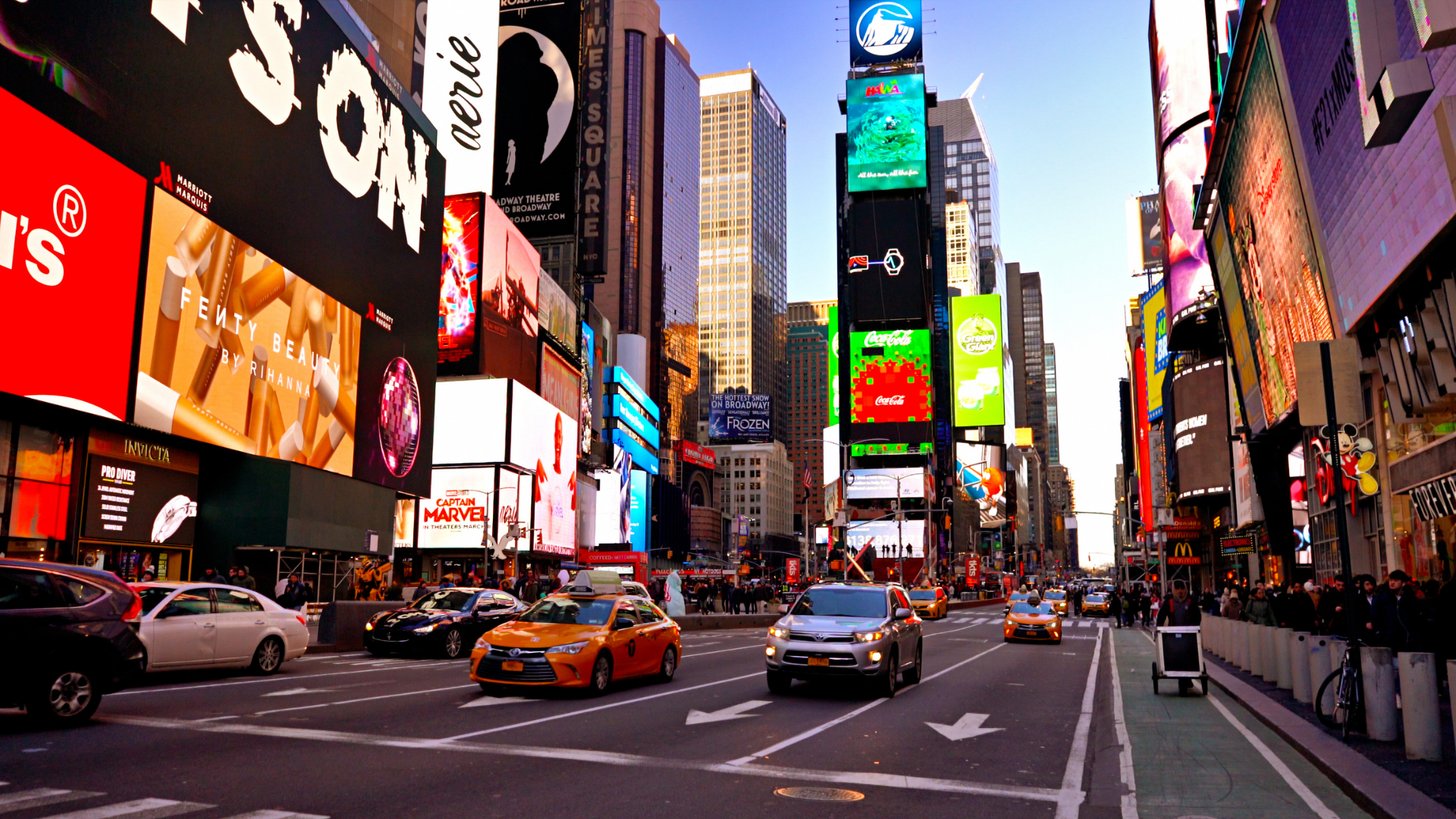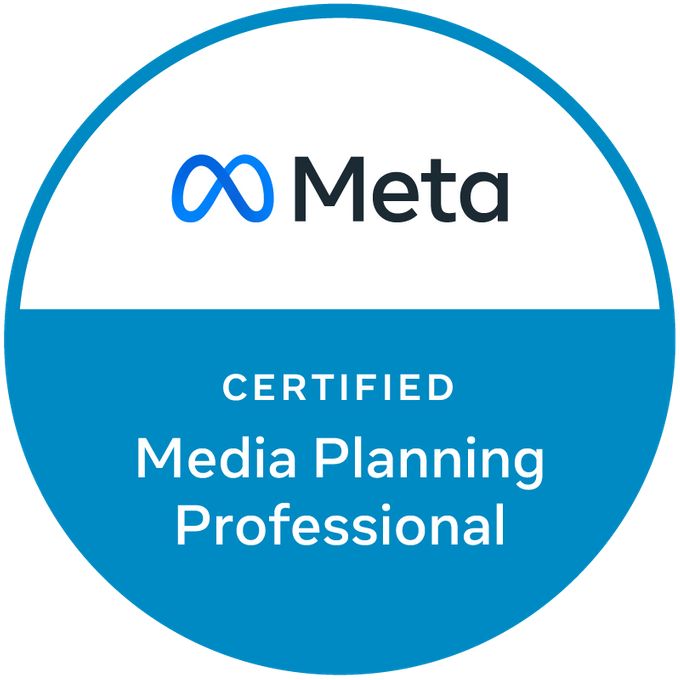The Shoppe - Budweiser's Social Push, Clubhouse's Monetization Feature, Google's Phase Out of Third-Party Cookies, & More!
Welcome back to The Shoppe! This week we’re talking about Budweiser’s social push, brands turning to longform content, Clubhouse’s new monetization feature, and Google’s phase out of third-party cookies. Don’t forget to subscribe so you can be notified every time we post!
Budweiser’s most recent campaign is one that chirps at the stereotype of Utah’s mild mannered residents as a part of a longer-term effort to continuously engage the state’s consumers. While the contest will reward the winner and a friend with a helicopter ride to the top of a mountain for a day of heli-skiing, a cash prize, lunch and dinner, and a two-night stay at a lodge in Snowbird, Utah, the contest is open to all U.S. residents. This increases the likelihood that the contest will go viral and social media users will share their contest entries with friends and followers. Utah became the first state to have a specially designed Budweiser bottle that has a label saying “This Bud’s for U-tah” and includes imagery from iconic sites throughout the Beehive State. In-store advertisements include toned-down Utahn swears such as “oh my heck” and “frick yeah.” The heavy in-store presence of the campaign will include the placement of “swear jars” in some retailers so that each time someone purchases a “swear,” Budweiser will make a donation to the Utah Clean Water Partnership. This environmental pledge can help build goodwill among consumers who appreciate brands giving back to their communities.
Brands are turning to longform content, such as movies, to reach consumers. Nike’s production arm, Waffle Iron Entertainment recently co-produced
The Day That Sports Stood Still, an HBO documentary about the COVID-19 lockdown’s impact on sports. The release comes as ad-free streaming services, like Netflix, begin to overtake traditional broadcast television. Advertisers spent 12% more on online advertising in 2020, with
documentaries growing 120% since 2019. Additionally, Procter & Gamble plans to introduce similar content. P&G’s Vice President Kimberly Doebereiner will serve as one of the executive producers on Imagine Documentaries’ film
Mars 2080. Their objective with the project is to create engaging content that is “consistent with P&G’s strengths and values,” according to Imagine’s
website.
The one-year-old social app, Clubhouse, has just announced its new feature that allows users to send money to their favorite creators or speakers on the platform. “Clubhouse Payments” serves as the first of many features that will allow creators to be paid directly on the platform. This strays away from the use of the platform “Patreon” which provides business tools to creators so that they are able to run a subscription service and rewards their subscribers with perks. The co-founder of Clubhouse, Paul Davison, claims that the start-up wants to focus on direct monetization on creators rather than advertisements. A user will visit the profile of the creator that they wish to send money to and will be able to click ”Send Money” if the creator has the feature enabled. It’s like a virtual tip jar! The total amount of the payment will go directly to the creator, the user sending the money will be charged a small fee that will be sent to Clubhouse’s payment processing partner, Stripe, and Clubhouse will not receive any of the money. By cultivating influencers and rewarding them with payments, this is just one of the ways that the start-up app is promoting high-quality content on its platform. It is interesting that Clubhouse’s first attempt at monetization will not dedicate any percentage of toward the company, especially considering that creator monetization is what has led to the growth of large businesses. For example, Cameo, an app that sends personalized messages from creators and celebrities, receives about 25% of each video sold on its platform.
As of last week, there are now two separate post third-party cookie proposals named “SWAN.” The first SWAN exists within the Chrome Privacy Sandbox and the other aims to serve as a Privacy Sandbox alternative. While these two SWANs have nothing in common besides their acronym, they were both launched as a reaction to Google’s phaseout of all third-party cookies. The newest SWAN (Secure Web Addressability Network), which goes by SWAN.community, serves as an effort to remove the need to bombard people with cookie notices. While the newer SWAN is not a proposal within the Privacy Sandbox, the first SWAN (Storage With Access Negotiation) is. The idea behind Storage With Access Negotiation is to broaden the definition of what constitutes a first-party set within the Privacy Sandbox and allows publishers to make that data available for in-browser auctions within TURTLEDOVE (another post third-party cookie). Click here to learn more about the two SWANs and how they differ!
For help navigating your marketing strategy in the midst of the third-party cookies phase out,
contact the SparkShoppe team.
Never miss an update from “The Shoppe,” sign up for our email list today!
Subscribe
Sign up with your email address to receive news and updates.
Subscribe
We respect your privacy.
















